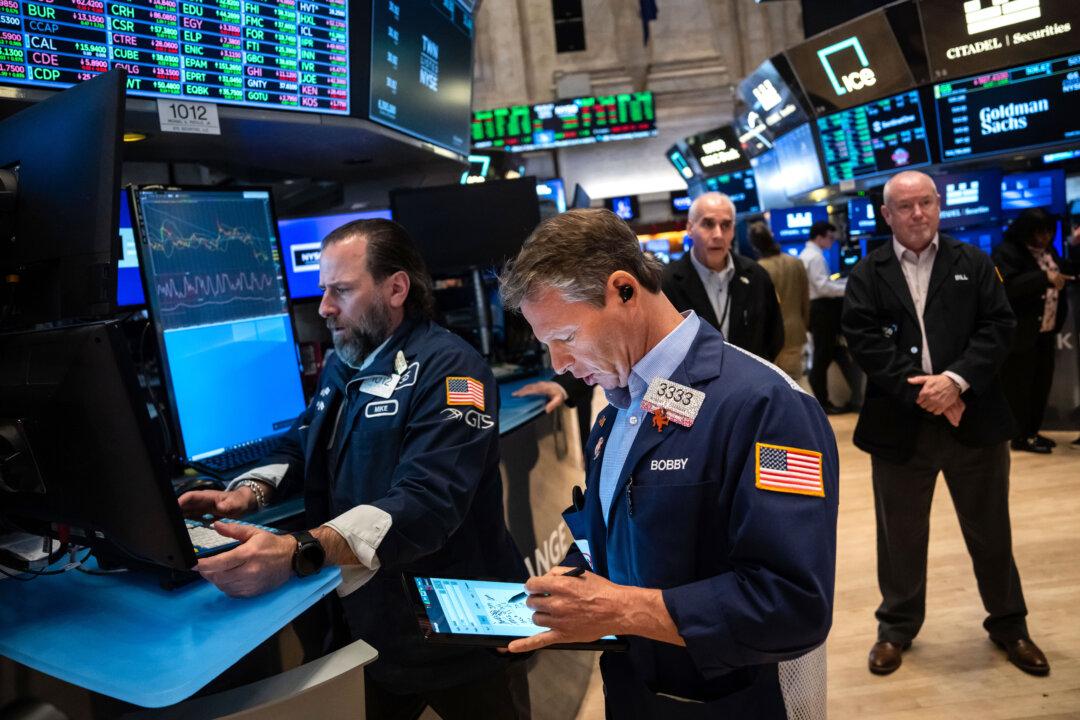The Federal Reserve is inching closer to cutting interest rates, signaling a rate reduction as soon as September if inflation continues trending downward and the labor market remains solid.
Meanwhile, Fed officials left the policy rate unchanged at a 23-year high of 5.5 percent following the two-day policy meeting that concluded on July 31.
While no decisions have been made about future meetings, Fed Chair Jerome Powell signaled that a rate cut could be on the table as early as the September policy meeting.
“The broad sense of the committee is that the economy is moving closer to the point at which it will be appropriate to reduce our policy rate,” Powell told reporters at the post-meeting news conference.
“The question will be whether the totality of the data, the evolving outlook in the balance of risks, are consistent with rising confidence on inflation and maintaining a solid labor market. If that test is met, a reduction in our policy rate could be on the table as soon as the next meeting in September.”
Based on second-quarter inflation reports, Powell noted that the U.S. economy is witnessing “broader disinflation” in goods and services.
“In a base case, you would think policy rates would move down from here,” he said, adding that upside risks to inflation have dissipated.
In a post-meeting statement, the Fed stated that the U.S. economy has expanded at a solid pace, employment gains have moderated, and the unemployment rate has ticked up “but remains low.”
While there has been “some” progress in the inflation fight in recent months, price pressures continue to be “somewhat” elevated.
Market Reaction
The U.S. financial markets largely kept their gains intact, with the leading benchmark indexes rising by as much as 2.5 percent.U.S. Treasury yields were mixed after the Fed announcement. The benchmark 10-year yield dipped below 4.13 percent. The 2-year yield firmed above 4.37 percent, while the 30-year bond shed 3 basis points to 4.37 percent.
The U.S. Dollar Index, a gauge of the greenback against a basket of currencies, slumped to about 104.04. The index has come under pressure this month, sliding by 1.1 percent in July. Year-to-date, it’s up by 2.9 percent.
Interest Rates, Inflation, and the Economy
It was widely unexpected that the Federal Reserve was going to cut interest rates at the July policy meeting, with traders giving the odds of a rate cut at 3 percent, according to the CME FedWatch Tool.However, the futures market has been signaling for a while that the Fed is likely to pull the trigger on a rate cut at the September meeting.
A Fed policy pivot has become all but certain for Wall Street as inflation pressures soften and the U.S. economy shows signs of slowing.
While second-quarter gross domestic product data topped expectations, other indicators are pointing to the economic landscape cooling off.
“Almost every district mentioned retailers discounting items or price-sensitive consumers only purchasing essentials, trading down in quality, buying fewer items, or shopping around for the best deals,” the Fed report stated.
As conditions evolve, market watchers will try to determine how fast and furious the Fed will be when easing monetary policy.
The SEP signaled four quarter-point rate reductions for 2025, which would lower the median policy rate to 4.1 percent.
The Fed would prefer to lower interest rates in quarter-point increments once they launch the easing cycle, but economic data could force a half-point cut, according to Greg McBride, the chief financial analyst at Bankrate.
“But we’ll get two rounds of employment and inflation data between the July and September Fed meetings,” he said in a statement emailed to The Epoch Times. “If the job market were to show softening at an alarming rate, the first rate cut in September could be a half-percentage point cut. We’d likely get plenty of advance notice if that comes to pass.”
Powell noted at his post-meeting news conference that there has been no decision as to whether to move ahead on a 25-basis-point or 50-point cut.







